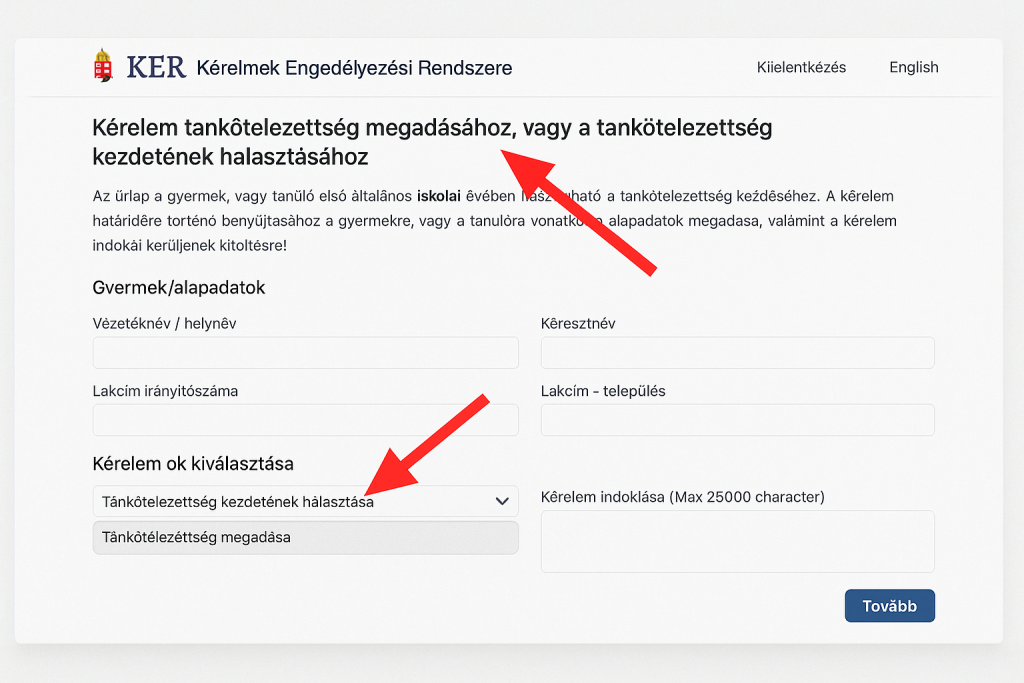I’ll be honest: as someone whose own kids went through the Canadian school system, I arrived in Hungary with a pretty relaxed idea of when education “starts.” So you can imagine my surprise when I learned that compulsory education in Hungary kicks in the September after a child turns three – yes, three. Not primary school, not kindergarten: nursery.
Even though I don’t have little ones, I’ve helped dozens of families through this system – from expat newcomers to Hungarian returnees unsure how the new rules apply. And because this topic comes up constantly in my inbox, my DMs, and expat groups I moderate, I’ve pulled together everything I’ve learned in one place. Whether you’re navigating óvoda paperwork or wondering when your teen can legally leave school, this guide cuts through the noise – with links, timelines, and a bit of dry humour to keep you sane.
How Compulsory Education in Hungary Works: the 2025 Snapshot
| Stage | Age band | Legal basis & key points |
|---|---|---|
| Nursery (óvoda) | 3 – 6 | Mandatory 4 hrs/day from the school year when the child is 3 by 31 Aug. One-year deferral possible via Oktatási Hivatal (OH). |
| Primary school (általános iskola) | 6 – 10 | Child must start Year 1 if they are 6 by 31 Aug. Early entry at 5 or holding back a year needs OH approval. |
| Lower & upper secondary | 10 – 16 | Schooling is compulsory until the last teaching day of the year in which the student turns 16 (18 only for pupils who started before the 2011 reform). |
| Special-needs extension | up to 23 | SNI learners can stay until 23, on the head’s decision and a specialist report. |
A Whistle-stop History (kept short, promise)
Hungary flirted with various leaving ages: 12 in 1868, 14 by 1918, 18 in the mid-90s, and back to 16 after the 2011 National Public Education Act (CXC). The 2025 rules we’re living with stem from that act’s many tweaks.
The Nursery Chapter: Why Three is the New Five
Several newcomers I know have been blindsided by this – understandably. Nursery in Hungary (óvoda) becomes compulsory the September after your child turns three, with a required minimum of four hours per day (usually 8:00–12:00).
Here’s what to know:
- Deferral is possible for one year via the Education Office (Oktatási Hivatal), using the KER online portal.
- The deadline for the 2025/26 year is 20 January 2025 (the 18th is a Saturday).
- Upload any paediatric reports, psych-ed evaluations, or nursery headteacher statements that support your case.
Digital signatures via Ügyfélkapu are accepted, and yes – it works better than you think.
The Great Year-One Leap
Readiness tests, doctor’s notes and other rites of passage
Children must begin Year 1 in primary school if they turn six by 31 August of that year – unless a deferral has been approved.
If you’re trying to start early (at age five), or hold your child back, you’ll need the green light from OH. The process involves:
- Psychological readiness testing (drawing, fine motor, memory, etc.)
- Health certificates from your child’s paediatrician
- Translations of any foreign documents – certified, not DIY. Budget around 12 000 Ft/page for hiteles fordítás.
When Compulsory Education in Hungary Ends
Unlike some countries, compulsory education in Hungary ends the last day of the academic year in which your child turns 16. After that, secondary education becomes optional, although vocational training paths are increasingly encouraged.
Keep in mind:
- The “18 rule” only applies to students who began school before 2011.
- Some vocational schools allow for early workplace placements.
- Homeschooled students and distance learning are only permitted under very specific (and usually medical) conditions. (I go into this in detail in my HOW TO HUNGARY ebook)
Special-needs Learners: Extended Timelines and Limited Flexibility
If your child has a diagnosed Special Educational Need (Sajátos nevelési igény – SNI), their compulsory education window extends to age 23. Placement and extension must be confirmed by a multi-disciplinary panel – not by parents alone.
From friends navigating the system:
- Expect slow-moving paperwork.
- Get English translations of official decisions.
- Some schools integrate SNI learners well, others are stretched too thin.
Applying for a Deferral in 2025: Step-by-step
If your child turns six before 31 August 2025, they’re expected to start school that September – unless you apply for halasztás (deferral). The deadline this year is 20 January 2025.
Steps:
- Log in to the KER portal with Ügyfélkapu credentials.
- Upload the necessary reports and a signed request.
- If a psychologist has already assessed your child, include that report.
- Track your decision in the same portal – look for “Értesítés” messages.
Give yourself time. The portal works, but the language barrier and bureaucracy combo can cause delays.

Screenshot of the KER online form used to request deferral or early school start.
Working Parents: The Unspoken Logistics
School finishes early in Hungary. Most lessons end before 1 p.m. – which was a shock after the all-day schedule we were used to in North America. After-school care (napközi) is common until age 10–12, but places aren’t guaranteed.
Many parents supplement with:
- Private clubs (szakkörök) for arts, sports, robotics, and more
- Private tutors (common from age 8+)
- Grandparent care, especially outside of Budapest
If you’re self-employed, expect to rearrange your calendar more than once to accommodate the “half-day” norm.
Is the School Leaving Age Changing?
There’s political chatter, as usual, about raising the leaving age to 18. The OECD certainly recommends it, and Hungary’s declining student population adds to the debate. But as of mid-2025, compulsory education in Hungary still legally ends at 16.
You can monitor updates via the Oktatási Hivatal’s official site.
Quick Timeline Recap
Age 3 – Nursery becomes compulsory
Age 6 – Must begin primary school (unless deferred)
Age 16 – Education no longer mandatory (unless diagnosed SNI)
Age 23 – Final possible end of compulsory education for SNI learners
A Practical Next Step for Parents and Planners
Hungary’s education system may not be light reading, but knowing the ins and outs of compulsory education in Hungary is essential if you’re raising a child here – or even just planning for the future. If you’re looking for a deeper dive, I include my personal recommendations for international and bilingual schools, plus a full admissions timeline, in my ebook HOW TO HUNGARY: Budapest & Beyond. It’s designed for people like us – those trying to live real lives in this complicated, beautiful place.
You can grab your copy here – and if you’ve already survived the óvoda slippers and the KER portal, I promise you’ll find a few laughs tucked between the practical bits.
Sign up for my FREE monthly newsletter – the HOW TO HUNGARY Insider. Living in a new country is never simple, but it doesn’t have to be overwhelming.

Anikó Woods is a Canadian-Hungarian writer, technology specialist, and digital strategist who swapped Toronto traffic for Hungarian bureaucracy. She’s the creator of HOW TO HUNGARY: Budapest & Beyond. Since moving to Hungary in 2017, she’s been deep in the paperwork trenches – fact-checking, interviewing experts, and helping others make sense of the madness. Her writing turns chaos into clarity, with a few laughs (and wine recommendations) along the way.

0 Comments